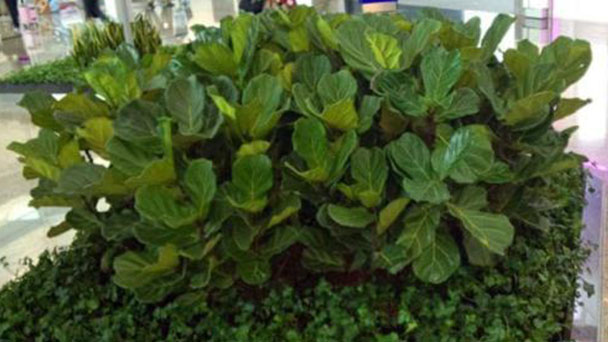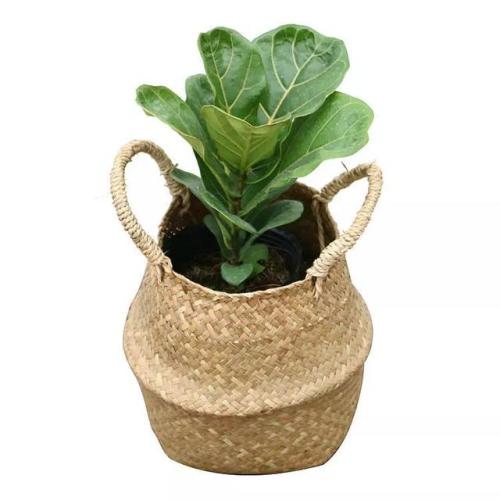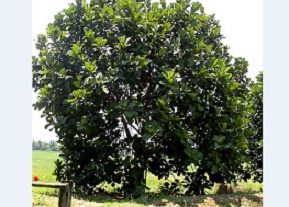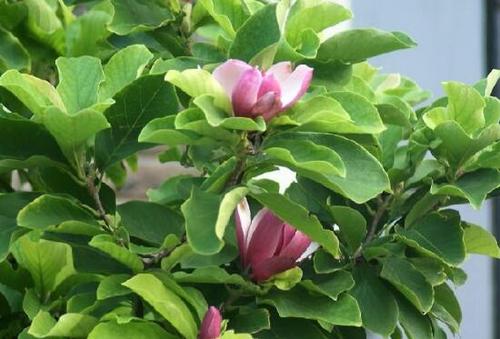How to grow and care for Fiddle-leaf fig
Written by Maggie
Oct 09 2021


How to grow Fiddle-leaf fig
Optimal growing time: The best time for cutting is in combination with pruning and shaping at the turn of spring and summer.
Optimal growing soil: Fiddle-leaf fig has no strict requirements on soil, mainly peat with good looseness, drainage and aeration.
Requirements for growth humidity: Comparison of leaves of Fiddle-leaf fig. The requirements for humidity are not strict. The humidity can be kept at about 60 {bf}.
Optimal growth temperature: The appropriate temperature for the growth of Fiddle-leaf fig is 25℃ to 35℃, dormance at about 15℃, and the temperature above 5℃ can be safe for winter.
Optimal illumination for growth: Fiddle-leaf fig has a strong adaptability to illumination. It can grow well under bright scattered light. In summer, it should avoid direct sunlight. If it is placed outside, it must be shaded, and the illumination should be increased in winter.

Fiddle Leaf Fig - one of the best indoor trees
How to care for Fiddle-leaf fig
Water and fertilizer management:
The range of moisture requirements of the humid soil from Fiddle-leaf fig is relatively large. The requirements for soil are not strict, the requirements for fertilizer are not strict, production can spend more than 20-20-20 with calcium and potash fertilizer irrigation. The fairy Fiddle-leaf fig grows faster, the seedlings in the previous month are small, and the amount of fertilizer is not large, so it is watered with flowers 20-20-20 times more than 1000 times. After four months, the plant type has become relatively compact and large, and the amount of fertilizer required gradually increases. The plant can be diluted 20-20-20 times with 800 times of calcium nitrate and 5000 times of potassium nitrate and irrigated with calcium potassium nitrate, which can enhance the lignification of stems.
Replacement of basin-soil:
Change basin of Fiddle-leaf fig in spring and trim in winter. The pot should be small but heavy. Fiddle-leaf fig tends to be top-heavy, so keep the pot from falling, as too much or too little water can cause the leaves to yellow.
The bottom of the basin should be perforated to maintain good drainage. Water thoroughly once and wait for the soil to dry before watering next time. The pot plants rotate 90 degrees each turn to evenly receive the light.
Pest control:
Epidemic rot occurred to different degrees in the cultivated and introduced areas of Fiddle-leaf fig. It harms the leaf and stem of the Fiddle-leaf fig, causing the leaf to wither or the whole plant dies.
Symptoms:
After the infected area of the leaf, there appears the gray disease spot like water stain, which increases rapidly, develops into dark brown and decays. Dark brown disease spots appear after the disease of the stem, such as the disease spot ring cut stem, the above part is dead.
Prevention and treatment:
1. Strengthen cultivation management and enhance plant disease resistance. Sandy loam or loam should be selected for cultivation of Fiddle-leaf fig, with good drainage, full or half sunshine, good ventilation and high temperature, not less than 10℃ in winter. Nursery avoided serialization. Apply compound organic fertilizer to prevent partial application of nitrogen fertilizer. In summer place it in the outdoor half shade or wet, light more adequate place. Indoor viewing should be placed in light, ventilation, and the time should not be too long. In winter, it should be placed in a warm, ventilated and sunny place indoors. Do not water too much. Keep the soil moist.
2. After the occurrence of potted plants, they should be quickly moved to the place with sufficient sunlight and ventilation to the sun, and the leaves of serious diseases should be cut off. The leaves with mild disease can be removed along with part of the healthy tissue, and then sprayed with Doldor solution for protection, or sprayed with 80 {bf} zinc wettable powder 500 times liquid, 25 {bf} methyl wettable powder 500~800 times liquid, etc., pay attention to drug rotation.
3. After the diseased plants are removed, the soil should be irrigated with 1 {bf} copper sulfate or sprinkled with quicklime powder for disinfection.

Fiddle-leaf fig is one of the best trees for pots
Latest Updated
- Benefits of Bugleweed - 7 Science-backed Health Benefits
- Bugleweed Dangers & Side Effects - Is It Poisonous?
- How to Plant Evergreen Trees - What You Should Know
- When to Plant Evergreens - Grow Guide for Evergreen Trees
- 12 Wonderful Evergreen Shrubs for Your Garden
- 12 Popular Evergreen Plants with Pictures for Beginners
- When And How To Prune A Lilac Bush Like a Pro
- How to Grow & Care for Lilac Vine (Hardenbergia Violacea)
- Japanese Lilac Tree (Syringa Reticulata) Care & Propagation Guide
- Shumard Oak Pros and Cons - What to Know
Popular Articles
- Winter maintenance of Antirrhinum Majus
- How to Grow Terminalia Mantaly Tree
- How to Grow and Care for Crossostephium Chinense
- How to grow Antirrhinum Majus in spring
- Peristeria Elata (Dove Orchid) Profile: Info & Care Guide
- Underwatered Snake Plant (Sansevieria Trifasciata) - Signs And How To Fix
- How to Care for Brazilian Jasmine Plant (Mandevilla Sanderi)
- How to Grow & Care for Graptopetalum Purple Delight in Summer
- Rosa Chinensis (China Rose): Plant Growing & Care Tips
- How to Care for Baby Sun Rose (Aptenia Cordifolia)